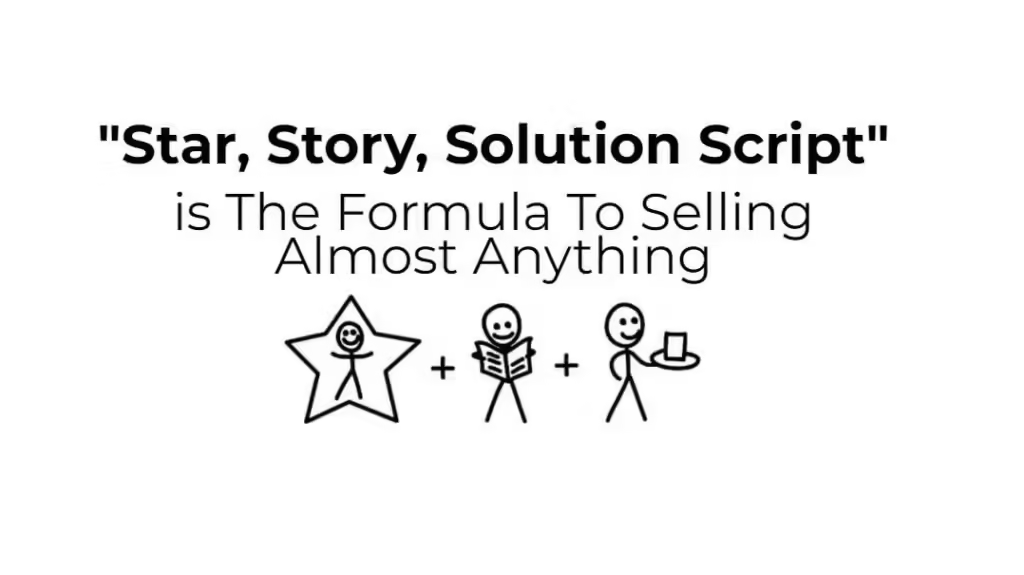All too often, people get excited about some shinny, fancy, technological solution.
It could be SharePoint or Slack or some fancy “state-of-the-art” application that promises to automate your entire company.
What I’ve seen too many times to count, is that people see these technologies, go out and buy them before they do any kind of needs analysis or process discovery and then once it’s bought and paid for, then they try and figure out how to get it to work in their company.
I’m here to tell you… THIS DOESN’T WORK.
It happens with $9/month SaaS applications and probably happens even more with large enterprise projects at billion-dollar organizations.
It’s at these large organizations where you see the scariest impact. With a $9/month app, it’s less of a big of a deal. By the time you figure out that you didn’t need the app you bought and instead needed a different one, you may be only out a few hundred dollars.
However, at larger companies, failing to follow the people, process, technology approach can quickly lead to implementing technology that just doesn’t fit into the daily workflow of the people that need to use it. Worse, large sums of money and time are invested and success never matches expectations.
Many organizations are sometimes misled that by implementing [ insert latest software or tool ] they will cure all their problems.
This is however almost always not the case.
“A fool with a tool is still a fool…”
Any tool is only as good as the Processes that wrap around it. Taking this one step further; the Processes are only as good as the People that use them.
If you want to ensure the success any change management process then getting the people, process and technology aligned is absolutely essential.
1. People

Technology should be designed for the people that will be using it.
The first step should be about identifying who the people are that will be using the solution. Once you know all of the players, you can then start to learn more about them.
- Who owns the process?
- Who else is involved?
- What do they do?
- What are their roles?
- What are their key issues and pain points with the existing process?
- What existing technology is being used to support this process?
Once you know who the stakeholders are, you can start to learn about their business processes and their workflow and review what’s working and what’s not.
You also want to give them a chance to suggest improvements. They do the work every day and they are probably the best people to tell you how it can be better.
2. Process

A process can be defined as a series of actions starting with some type of trigger event that creates a chain of actions for one or more people that results in something being prepared for a customer of that process.
Swimlane diagrams are one of the best ways to visualize a process. They tend to look like this one below for a taxi booking process.

Here you can see there are 3 People involved in this process.
The Customer, The Travel Agent, and the taxi Cab driver.
A lot of companies won’t have their processes diagramed like the one above but that should be the next step to help you understand the process at play so you can improve it.
Identify the process you want to analyze. eg. taxi booking process
Once you know the starting and end points, begin to identify the key steps to see the process from end to end.
- Who does what and when?
- What systems support these steps and or the overall process?
- What’s good about the current state? What’s bad? What would they improve?
- What artifacts are created? Forms, contracts, emails, cases proposals…?
Continue to move into more detail to capture the various layers involved and various exceptions. Once you have a clear picture of what the process looks like today, then you can start to change the process to what you want it to be in the future.
3. Technology
Technology should be the last step after you have defined the people and the process.
With the people aligned, and the process developed and clarified, technology can be applied to automate and ensure consistency in the application of the process.
The technology is an outcome of getting the people doing the right things and automating processes that ensure that the right things are done right and in the most efficient way possible.
In Summary
Technology is an enabler, not a solution.

The next time you are about to change your organization; try and remember that your appraoch should follow PEOPLE, PROCESS, TECHNOLOGY.
It will save you countless hours of frustration, time and money.


